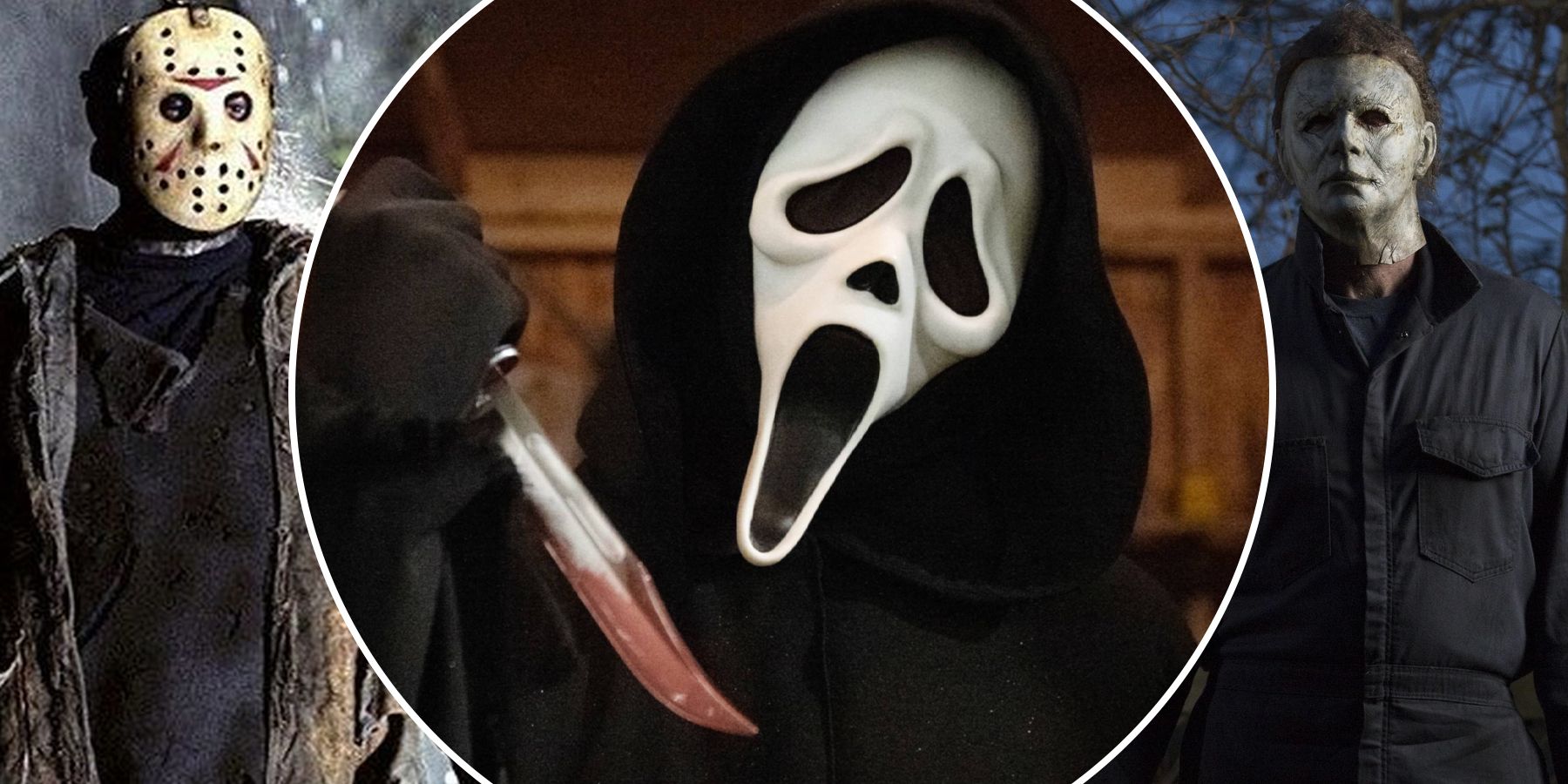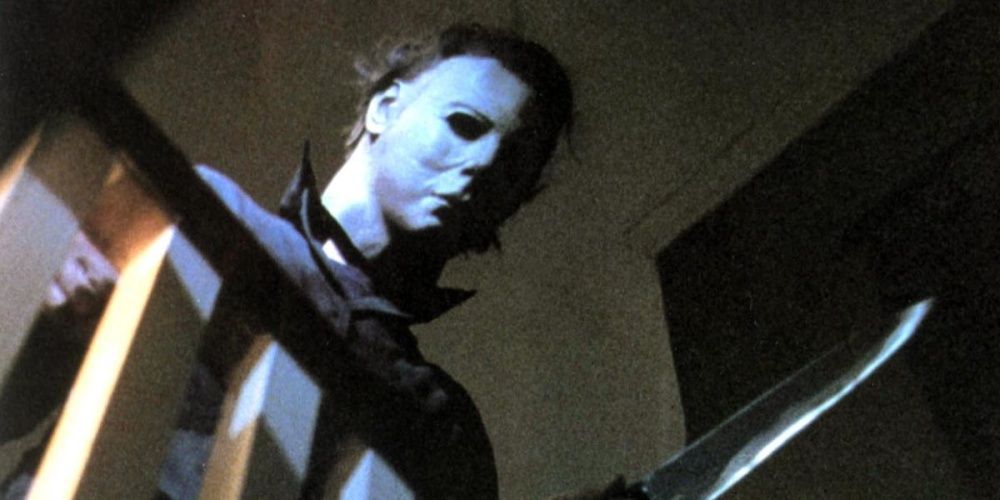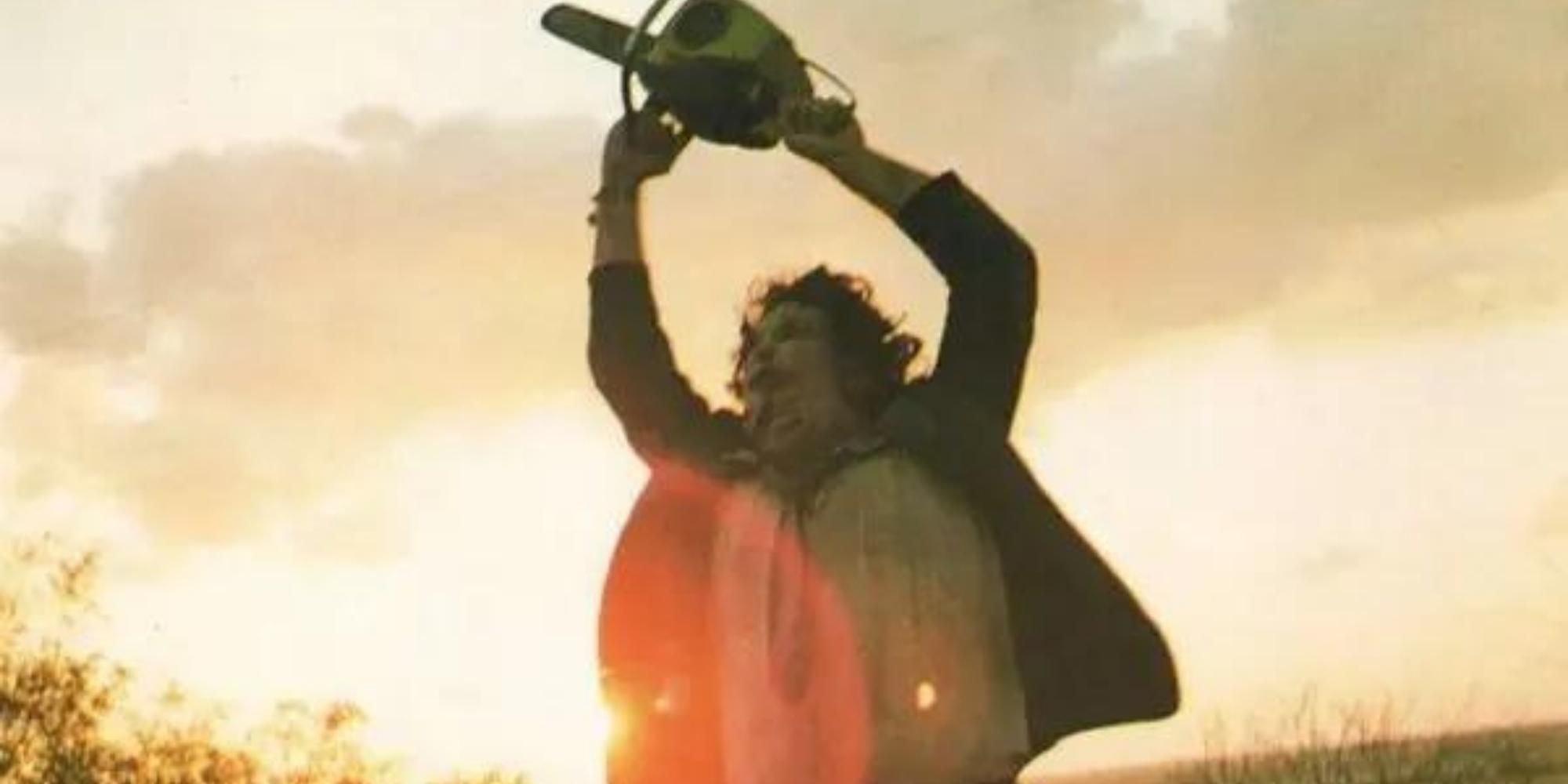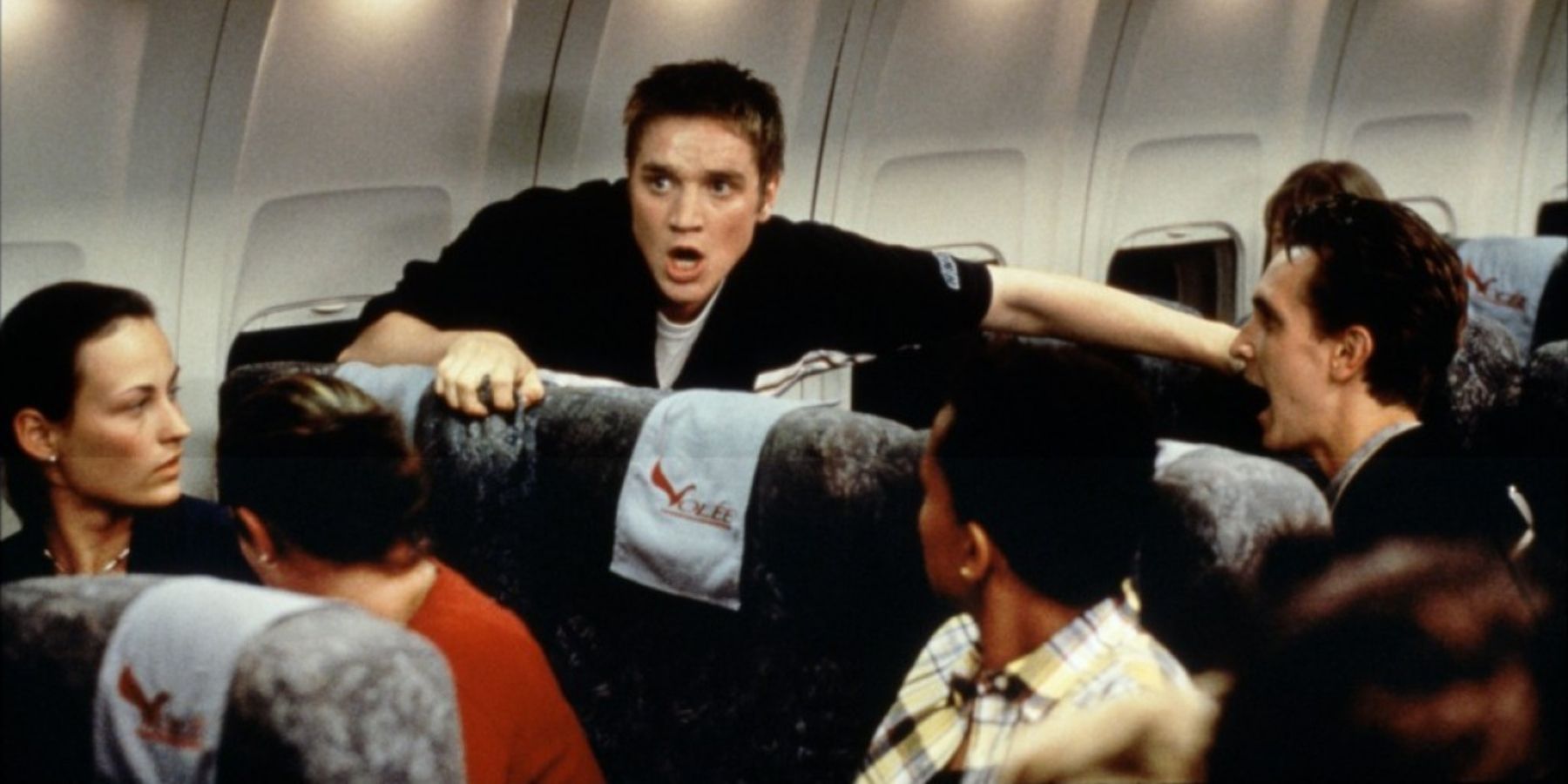Throughout the years, slasher films have become one of the best well-known subgenres in the horror genre. Engaging, self-conscious, and one of the most vicious forms of entertainment today, slashers have become one of the cornerstones for which horror constantly evolves. While it isn't easy to specify where the makeup of the first slasher film surfaced, many sources credit Germany's "Krimi" and Italy's Giallo pictures from the 1950s and 60s to be some of the earliest examples of what would begin the slasher genre. These early films would adapt the written works of Edgar Wallace, taking the artistic direction of the modern slashers, and would focus on the enigma of the masked evildoer.
It would not be until the invention of Hitchcock's Psycho in 1960 and Micheal Powell's Peeping Tom that the masked villain or monsters of old would mutate into something bold, and their personalities would layer and contrast. Psycho's iconic 70 camera shots, 45 seconds of scream time, undercut with hard camera shots, and Hermann's engaging film score would redefine the villain in slashers for years to come. The villain would become human, have a face, something to fear.
Bob Clark's 1974 masterpiece Black Christmas would capsize this representation of the villain entirely. It would not only permanently set the tone for slashers moving forward, but it would set a precedence for other slashers that would come after. The villain was no longer one who could be inflated in fantasy, drawing inspiration from sources like urban legends and actual murderers, villains in a slasher could be anywhere at any time, had intellect, and possessed no restraint. In addition, Black Christmas would establish the concept of the "final girl," which would later develop in a film that would appear four years later and enhance the slasher plot.
John Carpenter's famed Halloween would borrow Black Christmas' inventive POV camera work from the killer's perspective and would further develop the identity of the "final girl." The young, resourceful, and intelligent Laurie Strode gave the audience something to root for amidst all the death and chaos that ensued, instead of being typically naive and helpless.
Halloween would also elevate the villain to even greater heights. A murderer named Micheal Myers would use both exquisite tact and murder for murder's sake. While both Black Christmas and Halloween stand-alone for elevating slasher films for their own creative merits, Halloween effortlessly molded all of these tropes and added a unique element of randomness. To be killed without a definite explanation of why creates a very unsettling and chilling concept in horror.
While Halloween dragged slasher cinema down a deeper hole of psychopaths with a drive to kill, Tobe Hooper's unrivaled sadistic imagination brought cannibals and hillbillies to the big screen. The villain would then change into something more refined and dreadful, leading us on a cruel and chaotic trip with cannibalistic serial killers. Hooper would underscore the villain's role. More than just an individual in a mask was present. It wasn't simply a monster. Both must be the case. The Texas Chainsaw Massacre, released in 1974, was inspired by the real-life serial murderer Ed Gein and took the idea of a masked killer brandishing a weapon to terrifying new heights. Giving rise to Leatherface, this would be one of the most vicious and terrifying villains the horror genre would ever see.
The slasher film era would reach its zenith in the 1970s, and the 1980s and 1990s would mark its pinnacle. With horror icons like Michael Myers and Leatherface defending the throne in recent years, other villains would soon be on the rise, and they would redefine the art of fear in horror once more. Sean S. Cunningham, producer of Wes Craven's unique and graphic grindhouse film The Last House on the Left, would try his hand at developing something new for the genre. Shades of Halloween and the real-life murders of three teenagers in Finland would offer up ideas for 1980's Friday The 13th. Unlike Halloween, where a suburban neighborhood suffers at the hands of a demented killer, Friday the 13th distinguished itself from Halloween by isolating the murders in the specific setting of a summer camp and using campy sex themes that would also be employed in another underground cult masterpiece, Sleepaway Camp.
In 1984, Wes Craven would bring horror into a new era and resuscitate the slasher subgenre. A director who began his career bulldozing through the seedy topics of horror, Craven understood horror was about dealing with the unsightly and the things that were difficult to address. Craven would revitalize the villain again in slashers, adding a surreal quality that would forever alter the subgenre. Supernatural creations like Freddy Krueger in A Nightmare on Elm Street would deviate from the traditional norms of a killer wreaking havoc in 3D, making it possible for a metaphysical killer to exist in 5D. Dreams were no longer a reason why slashers couldn't coexist in the same reality. Nightmares and slashers became one, elevating slashers and fear to another level of horror. This would inspire the creation of more complex villains in the genre, such as Childs Play, a 1988 serial killer doll franchise, and Candy Man, a 1992 Gothic/Supernatural slasher.
Years later, after the creation of Freddy Krueger, Craven would have the chance to revive the slasher. While many directors were interested in returning to the slasher's origins, Craven would advance the sub-genre with a comic and self-aware twist. The 1996 hit Scream would hit the reset button on the slasher sub-genre, with characters encompassing the old and even subverting these tropes all in one viewing experience. While the movie pays frequent homage to iconic tropes like the masked killer and the mystery caller, it also deftly incorporates humorous references to earlier slasher movies.
Jim Gillespie's I Know What You Did Last Summer, which drew inspiration from other urban legends and legendary 1980s classics like Prom Night and The House on Sorority Row, would maintain the trend after Scream revived interest in teen slashers. Midway through the 2000s, movies like Final Destination dramatically altered the slasher genre's storyline by allowing the protagonist to avoid death as an unidentified evil force strives to strike a balance between fate and death.
The villain is continually changing in form, yet contemporary slashers nonetheless adhere to the same traditions as the original slasher. Films like American Psycho, a hybrid slasher from 2000, would flavor in all the traditional aspects of a slasher film while also deepening the narrative by being psychological thrillers at heart. 2003 would garner film experiences like Wrong Turn, which would give nods to Hooper's The Texas Chainsaw Massacre and the element of cannibalistic violence. Torture masterpieces like Hostel and Saw would give birth to 2013's politically charged slasher The Purge in 2004 and 2005, respectively.
While hybrid slashers continue to deepen and mature the classic slasher experience, some directors have chosen to stay true to the framework of the sub-genre. 2011's cult classic You're Next would create a hair-raising experience that doesn't hinge on violence as much as it concentrates on evolving the human experience and how one deals with weakness. Damien Leone's 2016 art-house slasher, Terrifier, would break the rules of every slasher film, where the villain developed into something more sadistic and impactfully intense. Masked killer Art the Clown made a lasting impression in the world of slasher films, drawing inspiration from grindhouse films and 1980s slasher films. Not only for the mind-bending violence he commits but also for establishing that a killer is capable of anything. There is no restraint or limit to how far he will go.
Comedic meta slashers would also find their way back to contemporary slashers with films like 2017's Happy Death Day and Ready or Not, which combine the art of the classic slasher experience but merge with deeper themes like Groundhog Day to change one's fate or isolation in a world of privilege and a family you can't escape. The antagonist evolved into a world with its inhabitants rather than just a single individual.
As slashers continuously expand creatively year after year, so does their ability to challenge or even celebrate the ideas that have come before. One thing is for sure: slashers will always have staying power and a place in the horror genre as long as there are inventive minds to create them.




